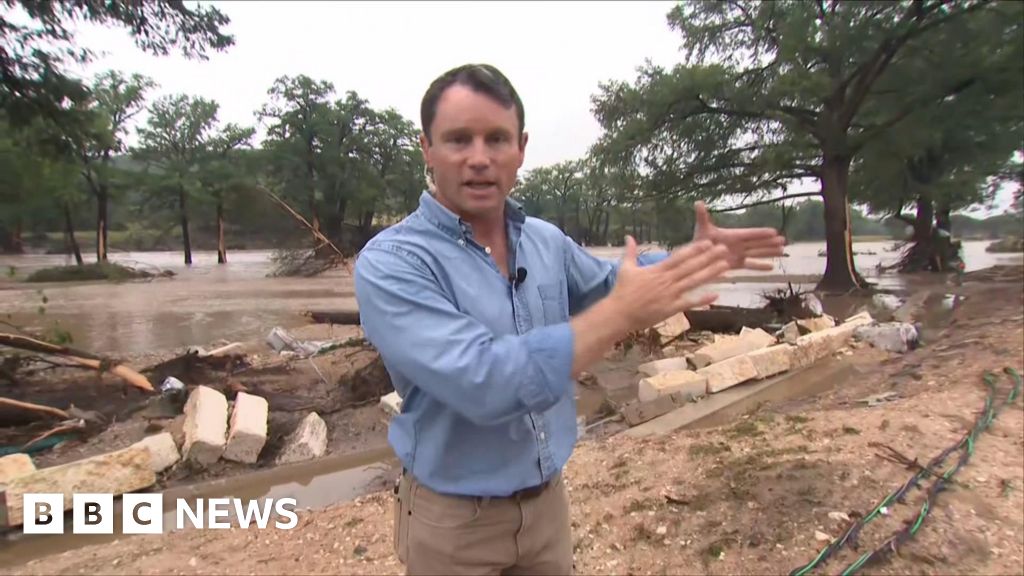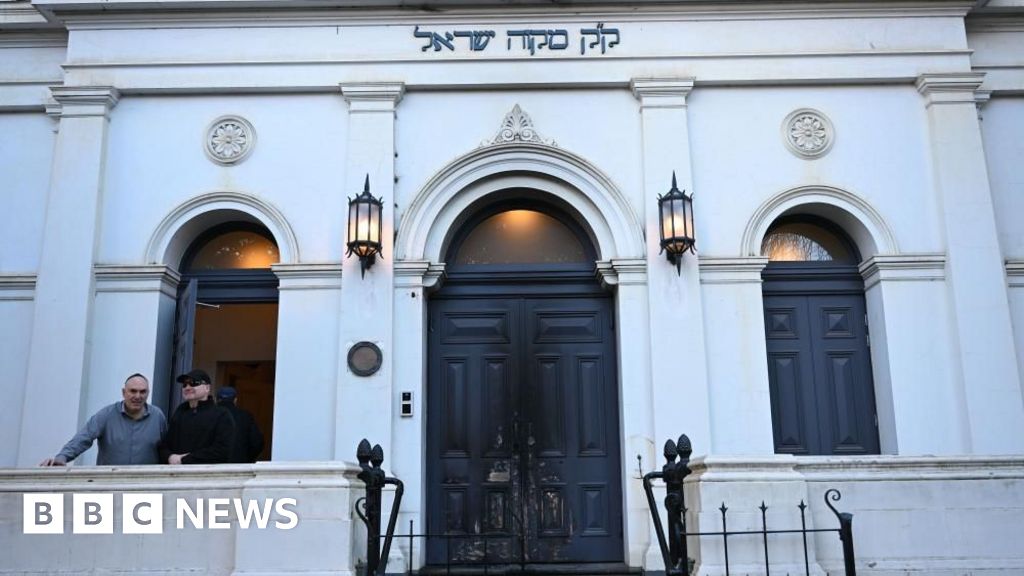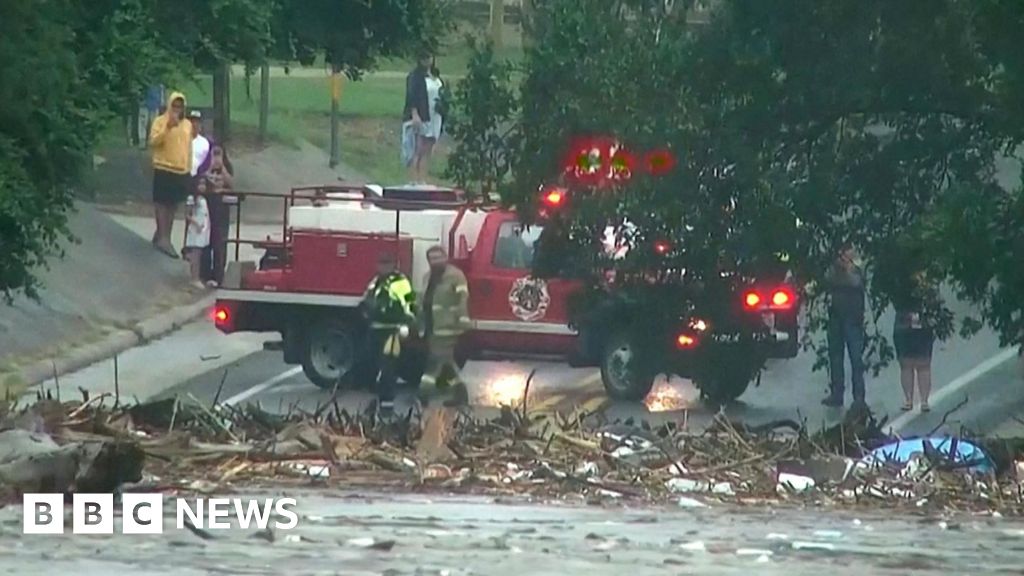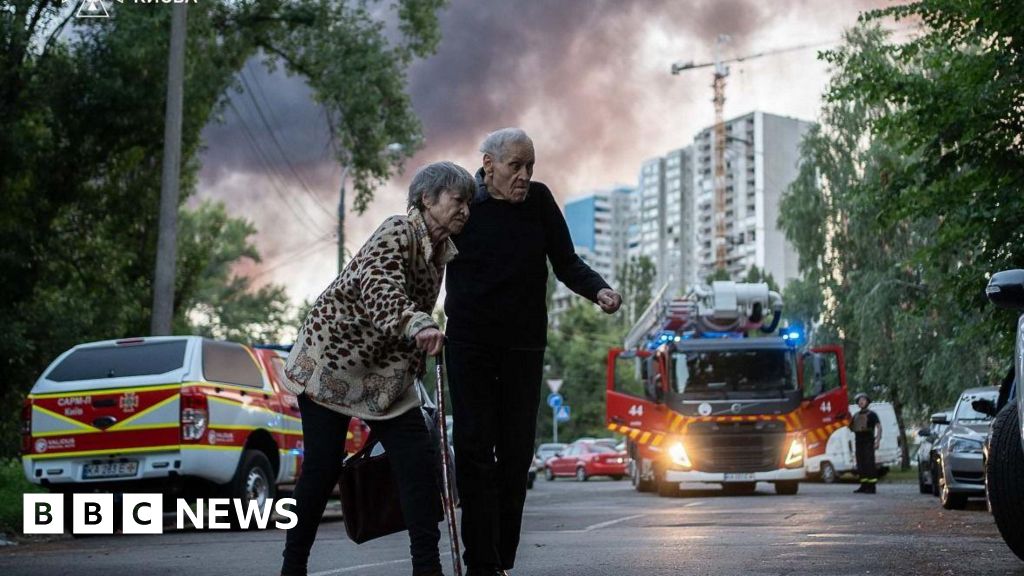One day in the year 79, Pompeii came under fire. The explosion of nearby Mount Vesuvius sent a mushroom cloud of ash and rock into the atmosphere, pummeling the ancient Roman trading hub and resort in a ceaseless hail of tiny volcanic rocks.
Many residents ran for their lives, trying to find safety with their loved ones before searing volcanic debris buried the estimated 1,500 residents who remained in Pompeii.
In a study published last month in the journal Scavi di Pompei, scientists documented events at one home in the doomed city where a family sought refuge inside a back room by pushing a wooden bed against a door in a vain attempt to stop a flood of volcanic rocks from the sky, known as lapilli.
The small-but-well-appointed residence is known as the House of Helle and Phrixus, after a richly decorated fresco in the dining room. It depicts the mythological siblings Phrixus and Helle escaping their wicked stepmother on a winged ram only to have Helle fall and, ominously, drown in the sea below.
As with many ancient Roman residences, its atrium, an open-roof room centrally located in the home, was used for ventilation and rainwater collection. But on that day, the recess allowed volcanic rock to more rapidly overtake the space. Most Pompeians “had no clue what was happening,” said Gabriel Zuchtriegel, an author of the study and the director of the Archaeological Park of Pompeii. “Many thought the end of the world had come,” he added.
In the years that followed, the hot ash that eventually buried the home solidified and left an imprint that archaeologists filled with plaster to reconstruct the shape of the wooden bed that remained. The technique helps illustrate the horror of the Pompeian dead in their final moments and how perishable everyday items made of wood, textiles and leather were situated in their environments.
The skeletal remains of four people, most likely members of the same family, were identified in the study. The lapilli, which reached heights as high as nine feet in some locations, could not be controlled, and researchers believe the people made a final attempt to escape, leaving the small room in which they had barricaded themselves. They got only as far as the triclinium, the formal dining room where their remains were found.
“The family in the House of Helle and Phrixus probably died when the so-called pyroclastic flow, an avalanche of hot ash and toxic gas, arrived and parts of the building collapsed,” Dr. Zuchtriegel said.
He and his colleagues suggest that the remains of the four people found in the home were from a family that stayed behind and may have included some enslaved members who worked at the residence. Still, archaeologists don’t know for sure if they lived there or simply took refuge after the homeowners had already escaped.
“It’s not certain that the individuals found in the house as victims were part of the family,” said Marcello Mogetta, an associate professor of Roman art and archaeology at the University of Missouri who was not involved in the study.
Among the skeletal remains was a bronze bulla that belonged to a child. The ancient amulets were worn like lockets around the necks of young free boys to shield them from danger until they reached adulthood.
“The amulet was supposed to protect them, so there’s a cruel irony to the fact that it didn’t,” said Caitie Barrett, a professor of archaeology at Cornell University who was not involved in the study.
Bourbon explorers sent by Charles III in the 18th century carried out rudimentary excavations of Pompeii that disturbed the skeletal remains of the victims found in the House of Helle and Phrixus. When they tunneled into the residence in search of valuables like jewelry and artwork, they left behind holes in the walls. These early excavators often had little interest in human remains, either in respecting their preservation, dignifying their deaths or studying their material culture.
But today it’s the human toll that feels most prominent for archaeologists and for many of the visitors who regularly pour into Pompeii. Whether or not the remains belonged to those who were indeed family will be something that researchers may try to uncover through DNA analysis in the near future.
Family or not, it doesn’t change the human tragedy of the story.
“Whatever the nature of their specific relations, they would have been the last people to offer each other comfort at the end,” Dr. Barrett said.
Source link
















